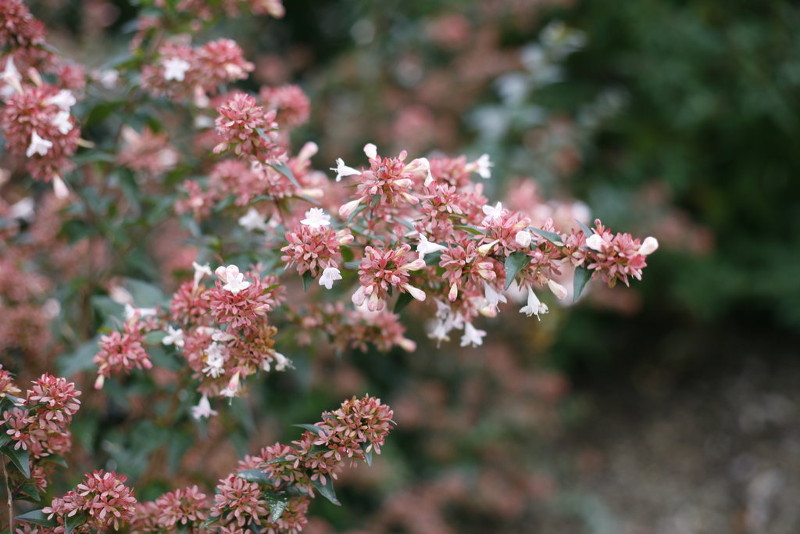Abelia is a flowering semi-evergreen shrub popular in zones 5-9. Abelia are light feeders and have lower fertilization needs but you should fertilize your Abelia to benefit your plant’s overall performance and appearance. Fertilizing supplements the nutrition they derive from the soil and will help improve the appearance, benefit the performance, and increase the disease resistance of your Abelia.

How to Fertilize Abelia
It is recommended to get a soil test to determine if your Abelia needs to be fertilized. You can obtain a soil test from your local extension agent. You will determine what type of soil you have along with its nutrient profile. Abelias prefer an acidic to slightly alkaline soil with a pH between 5 to 7.5.
Granular fertilizer can be applied per package instructions at the base of your Abelia. Rainfall or watering your Abelia will slowly apply the fertilizer to the root zone of your Abelia. Be careful to follow closely the application rate of the fertilizer you’ve chosen, making certain not to over apply and potentially burn the plant with too strong an application.
Best Time to Fertilize Abelia
Typically, newly planted Abelia do not need to be fertilized and can be prone to fertilizer burn at a tender young stage. The best time to fertilize your mature or established Abelia is in very early spring before you see any new growth and before the plant has broken dormancy.
Fertilizing after early spring pruning is recommended. The next best time to fertilize your Abelia is in late fall after the growing season is over.
Best Fertilizer For Abelia
The best kind of fertilizer is a well-balanced 10-10-10 ratio of nitrogen-phosphorus-potassium. Slow-release granular fertilizers are often the best choice for their ease of application and prolonged usage, necessitating only one application a year at most.
Abelia Fertilizing Tips
- Do not fertilize newly planted Abelia
- Use a slow release granular fertilizer in a 10-10-10 ratio designed for shrubs
- Apply fertilizer in early spring or late fall
- Water thoroughly to help dissolve fertilizer
Warnings
-Always wear protective gloves and a facemask when handling chemical fertilizers.
-Closely follow all directions and storage guidelines that are on the fertilizer label.
 |
Author Katie Endicott - Published 1-15-2022 |
